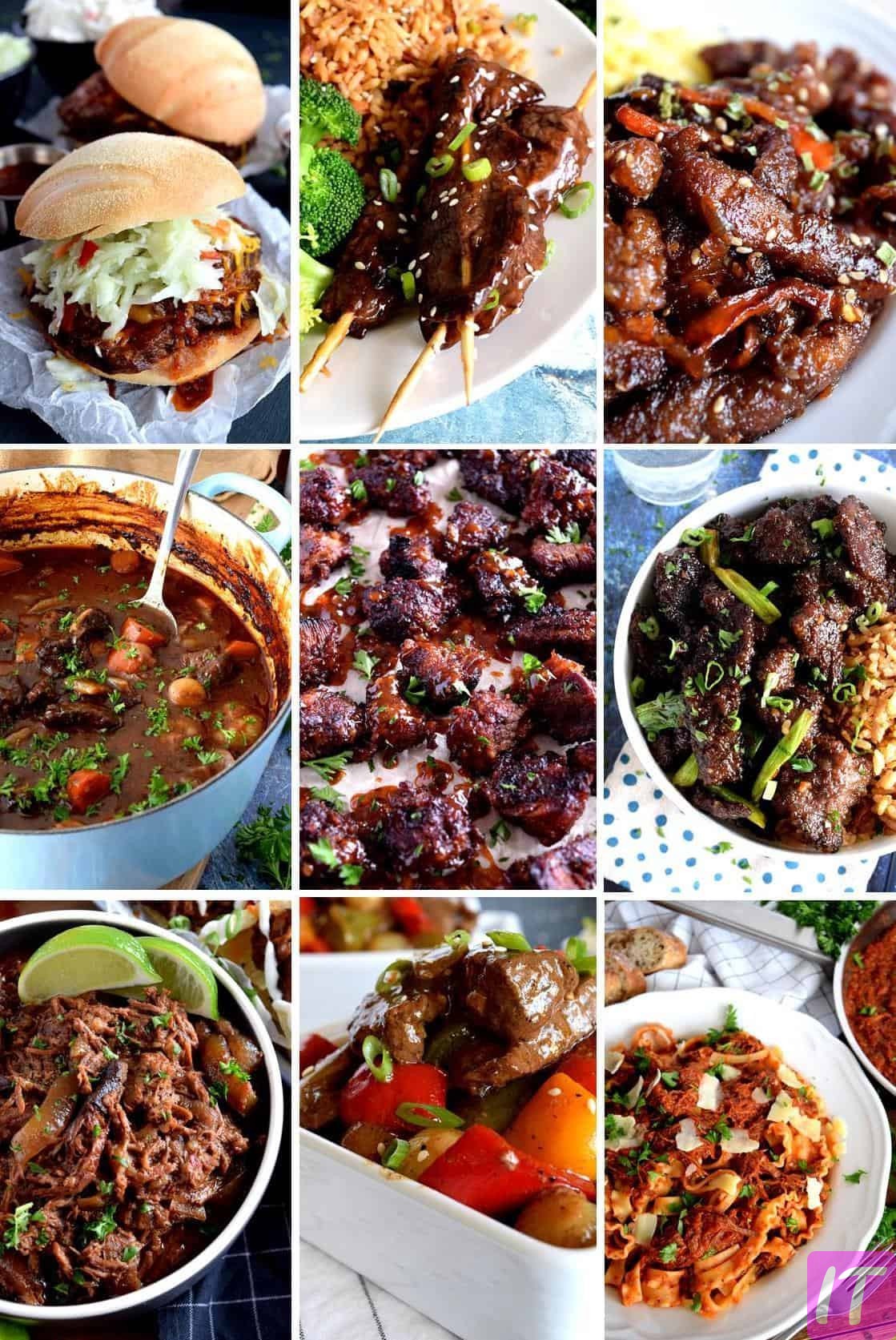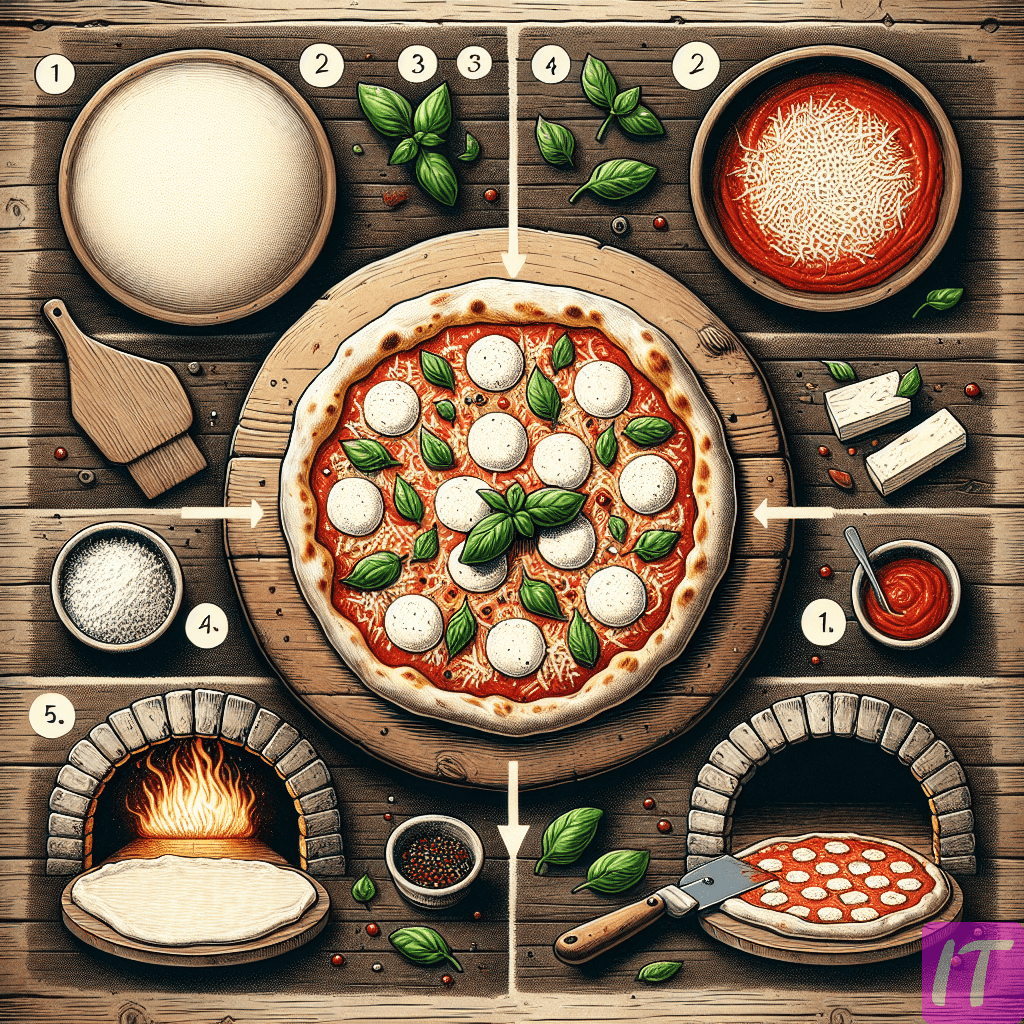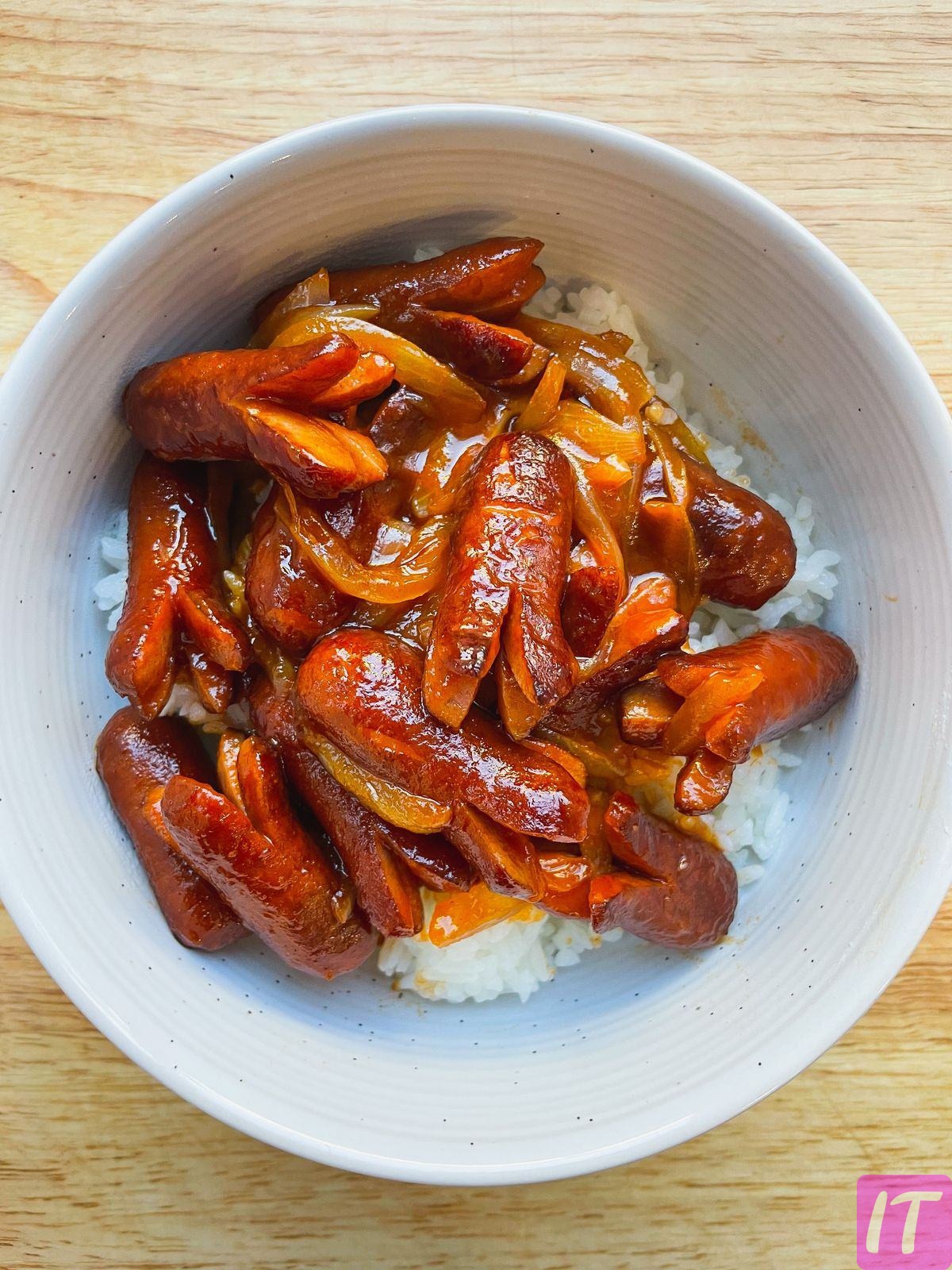Discover the recipe for World Top 20 delicious food including Pizza, Sushi, Pasta, Tacos, Pad Thai, Hamburgers, Spaghetti Bolognese, Chicken Tikka Masala, Ramen, Butter Chicken, Phở, Kebabs, Biryani, Creme Brulee, Sashimi, Lasagna, Dim Sum, Peking Duck, Poutine, and Lamb Curry. Each recipe showcases not only ingredients and steps but also the cultural significance and global variations that make these dishes truly exceptional.
Could there be anything more universally adored than a slice of perfectly cooked pizza or a delicately wrapped piece of sushi? Around the globe, these iconic dishes have woven themselves into the fabric of many cultures, each offering a unique twist on beloved recipes. The quest for the perfect bite, whether it’s a fiery Chicken Tikka Masala or creamy Ramen, often starts in the heart of a bustling kitchen.
Understanding the allure of these dishes goes beyond mere taste; it’s a journey through history and tradition. Take, for instance, the rich, flavorful Biryani, a symbol of royal heritage, or the elegant Creme Brulee, with its origins rooted in French culinary art. Statistics show that global consumption of these dishes has risen dramatically, a testament to their irresistible appeal. From the streets of Mexico with Tacos to the bustling markets of Hong Kong with Dim Sum, each recipe tells a story cherished by many.
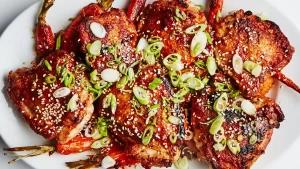
Ingredients
Every great dish starts with quality ingredients. Here is a list of items you will need to prepare some of the world’s top 20 delicious foods. Let’s make sure we have everything required for a fantastic cooking experience.
- 2 cups of all-purpose flour (for Pizza dough)
- 1/2 pound of fresh sushi-grade fish (for Sushi)
- 8 ounces of spaghetti pasta (for Spaghetti Bolognese)
- 10 corn tortillas (for Tacos)
- 2 tablespoons of tamarind paste (for Pad Thai)
- 1 pound of ground beef (for Hamburgers)
- 2 cups of marinara sauce (for Lasagna)
- 1/2 cup Greek yogurt (for Chicken Tikka Masala)
- 1 cup miso paste (for Ramen)
- 2 tablespoons of curry powder (for Butter Chicken)
- 1 pound of beef brisket (for Phở)
- 10 skewers (for Kebabs)
- 2 cups Basmati rice (for Biryani)
- 4 egg yolks (for Creme Brulee)
- 1/2 pound fresh sashimi-grade tuna (for Sashimi)
- 5 sheets of lasagna noodles (for Lasagna)
- 20 pieces of Dim Sum wrappers (for Dim Sum)
- 1 whole Peking Duck (for Peking Duck)
- 2 pounds of potatoes (for Poutine)
- 1 pound lamb meat (for Lamb Curry)
- Taco toppings of choice such as lettuce, cheese, and salsa (for Tacos)
General Information
Creating amazing dishes involves understanding the basics of preparation and cooking times, as well as the difficulty levels. This information can help you plan better and ensure a delightful cooking experience. Below is a table detailing general information for these popular global dishes.
General Information
This table provides details about the general information of a meal.
These details include making difficulty, preparation and cooking time, serving size, and meal type.
| Category | Details |
|---|---|
| Making Difficulty | Moderate |
| Preparation Time | 30 minutes |
| Cooking Time | 1 hour |
| Serving Size | 4 servings |
| Meal Type | Main Course |
Instructions
Cooking can be an enjoyable and rewarding process when you follow the instructions step by step. Here, we provide detailed directions to make some of the most beloved dishes from around the world. Let’s get started!
Step 1: Preparing the Ingredients
Begin by gathering all the ingredients you need for your recipe. Make sure you have everything measured and ready to use. This makes cooking faster and easier.
For example, if you’re making spaghetti Bolognese, chop your onions, garlic, and carrots ahead of time. For sushi, make sure your fish is cut into thin slices and your rice is cooked and cooled. Preparation is key to a smooth cooking process.
Step 2: Cooking the Base Ingredients
Next, start by cooking the base ingredients. For many dishes, this means sautéing vegetables or browning meat. These steps build flavors that are essential to the final dish.
If you’re making Chicken Tikka Masala, marinate the chicken in yogurt and spices before cooking it. For Pad Thai, stir-fry your noodles with vegetables until they are tender. Keep an eye on the ingredients so they don’t overcook.
Step 3: Combining Flavors
Now it’s time to combine the ingredients. Add sauces, spices, and other flavorings as per the recipe. This is where the dish starts to come together.
For instance, when making Biryani, layer the cooked rice with the marinated meat. In a burger, season the meat patties before grilling. Pay attention to the order in which ingredients are added to maximize flavors.
Step 4: Final Touches and Cooking
Finish cooking your dish, ensuring everything is cooked through and flavorful. For some dishes, this might mean baking or simmering for a set time.
With pizza, ensure the dough is rolled out and add your toppings before baking. For ramen, assemble the noodles and broth, then top with cooked meat and vegetables. Always check if the dish looks and tastes right before serving.
Step 5: Plating and Serving
The final step is to plate and serve your food. Be creative with presentation to make the dish look as good as it tastes.
For example, neatly arrange sushi on a plate with a side of soy sauce. Place tacos on a serving platter with various toppings on the side. Good presentation can make your meal feel extra special!
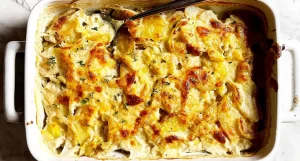
Important Things to Keep in Mind
When cooking complex dishes, it’s crucial to stay organized and prepared. Always read the recipe thoroughly before beginning. This ensures you understand each step and have all necessary ingredients ready.
Pay attention to cooking times and temperatures. Overcooking or undercooking can ruin a dish. Use a timer to keep track and a thermometer to check temperatures when needed.
Remember to taste your food as you cook. Adjust seasonings accordingly to ensure the flavors are balanced. This small step can make a big difference in the final dish.
Practice food safety by keeping raw and cooked foods separated. Always wash your hands and utensils after handling raw meat. This prevents cross-contamination and keeps your meals safe to eat.
Don’t be afraid to experiment and have fun in the kitchen. Try different spices or add your favorite ingredients to recipes. Cooking should be an enjoyable experience, not just a task.
- Organize ingredients: Measure out everything before you start cooking.
- Watch cooking times: Use timers to avoid overcooking.
- Taste frequently: Adjust seasonings as needed for the best flavor.
- Mind food safety: Always separate raw and cooked foods.
- Be creative: Don’t hesitate to add your personal touch to recipes.
Cultural Significance
Food is more than just sustenance; it’s a reflection of culture and history. Each dish has its own story, often tied to the traditions and customs of its place of origin. Understanding the cultural significance of food enhances our appreciation of it.
Pizza: An Italian Icon
Pizza, originating from Italy, is a symbol of simplicity and community. Traditionally, it was a peasant food, made with basic ingredients like dough, tomatoes, and cheese. Today, it has become a global favorite, celebrated in countless variations.
In Italy, pizza is more than a meal; it’s a social experience. Families gather at pizzerias to enjoy freshly baked pies. The communal aspect of pizza makes it a cherished part of Italian culture.
Each region in Italy has its own style of pizza, from the thin-crust Roman to the thick Neapolitan. These variations reflect local tastes and ingredients, showcasing the diversity within Italian cuisine.
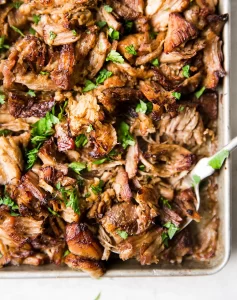
Sushi: A Japanese Tradition
Sushi is deeply rooted in Japanese culture, where it is considered an art form. The preparation of sushi requires meticulous attention to detail and respect for ingredients. It is often enjoyed during special occasions and celebrations.
The origins of sushi can be traced back to a method of preserving fish in fermented rice. Over time, this evolved into the elegant and refined sushi we know today. Sushi chefs undergo years of training to master their craft, emphasizing the importance of skill and tradition.
In Japan, sushi is not just about eating; it’s about experiencing harmony and balance. The presentation is as important as the taste, reflecting the Japanese aesthetic of simplicity and beauty.
Tacos: A Mexican Delight
Tacos are a staple of Mexican cuisine, known for their vibrant flavors and versatility. They are often enjoyed as street food, bringing people together over shared meals. Tacos reflect the rich culinary heritage of Mexico.
The origins of tacos date back to the indigenous peoples of Mexico, who used tortillas to hold various fillings. Today, tacos can be filled with anything from traditional meats to vegetarian options. This adaptability makes tacos a beloved dish worldwide.
In Mexican culture, tacos are more than food; they are a way of life. Festivals and gatherings often feature tacos, highlighting their role in social and family events. The communal aspect of sharing tacos fosters a sense of connection and celebration.
Butter Chicken: A Taste of India
Butter Chicken, or Murgh Makhani, is a classic Indian dish that has gained international acclaim. Originating from the Punjab region, it represents the rich and diverse flavors of Indian cuisine. The creamy tomato sauce and tender chicken make it a favorite among many.
This dish was created by chefs in Delhi who wanted to use leftover tandoori chicken. They combined it with a rich tomato-based sauce, creating a new culinary tradition. Butter Chicken is now enjoyed in homes and restaurants around the world.
In India, Butter Chicken is often served during special occasions and family gatherings. It symbolizes hospitality and the joy of sharing food. The dish’s popularity has made it an ambassador of Indian cuisine globally.
Frequently Asked Questions
In this section, we address some of the most common questions related to the recipes for global favorites like Pizza, Sushi, Pasta, and more. Our answers provide useful insights to help you understand and master these beloved dishes.
What are the essential ingredients for making authentic sushi at home?
To make authentic sushi, start with high-quality sushi-grade fish such as tuna or salmon. You’ll also need sushi rice, rice vinegar, nori seaweed sheets, and various fillings like cucumber, avocado, and crab sticks.
It’s crucial to have a sharp knife for slicing fish and vegetables finely. Don’t forget soy sauce, wasabi, and pickled ginger for serving. These elements combine to give sushi its unique flavor and texture.
How can I perfect the dough for homemade pizza?
The key to perfect pizza dough is in the rising process. Allow the dough to rise for at least 24 hours in the refrigerator. This slow fermentation adds flavor and texture to the dough, making it crisp on the outside and chewy on the inside.
Use high-quality flour like tipo “00” bread flour and mix with water, yeast, salt, and a bit of olive oil. Knead well and let it rest, giving it time to develop gluten. Don’t forget to let it come to room temperature before baking.
What spices make Chicken Tikka Masala stand out?
Chicken Tikka Masala is renowned for its rich and creamy sauce, bursting with spices. The essential spices include garam masala, turmeric, cumin, coriander, and chili powder. These spices create a warm, robust flavor profile.
The marinating process is equally important. Marinate the chicken in yogurt, garlic, ginger, and spices for several hours to ensure it absorbs maximum flavor. Finally, cook the chicken in a rich tomato-based sauce to complete the dish.
Are there any tips for achieving perfect ramen broth?
The secret to perfect ramen broth lies in patience and quality ingredients. Use a mix of pork bones, chicken carcasses, or a combination of both, simmered for several hours. This slow cooking process extracts maximum flavor and creates a rich, creamy broth.
Adding ingredients like kombu, dried shiitake mushrooms, and miso paste enhances the umami flavor. Strain the broth well to ensure it’s clear and free of impurities. Season it just before serving to get the perfect taste.
What is the best way to achieve a crispy skin on Peking Duck?
Achieving crispy skin on Peking Duck involves a few meticulous steps. First, the duck should be air-dried for several hours. This allows the skin to lose moisture, giving it a better chance to crisp up during roasting.
Brush the duck with a maltose or honey glaze, which helps to caramelize the skin. Roast the duck at a high temperature, turning it frequently to ensure even cooking. The result is a deliciously crispy exterior with tender, juicy meat inside.
Conclusion
Exploring the recipes for the world’s top 20 delicious foods offers a rich tapestry of flavors and cultural experiences. From the iconic Pizza and Sushi to the bold flavors of Chicken Tikka Masala and Butter Chicken, each dish has a story to tell. These recipes not only satisfy our taste buds but also connect us to diverse traditions and histories.
Cooking these dishes at home allows us to appreciate their unique ingredients and preparation methods. It transforms the kitchen into a global culinary stage, bringing the essence of these iconic dishes to our dining tables. Embrace the adventure of cooking and enjoy the delightful journey through global cuisines.
